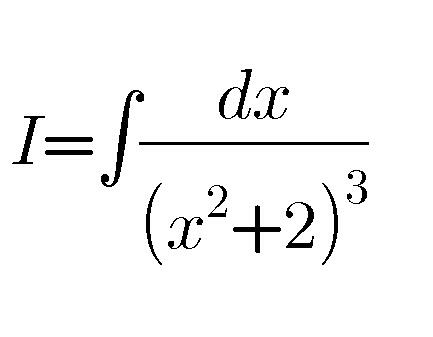
AllQuestion and Answers: Page 1673
Question Number 41346 Answers: 0 Comments: 6
Question Number 41345 Answers: 0 Comments: 2
Question Number 41343 Answers: 1 Comments: 1
Question Number 41342 Answers: 0 Comments: 0
Question Number 41361 Answers: 1 Comments: 0
Question Number 41332 Answers: 1 Comments: 3
Question Number 41327 Answers: 0 Comments: 0
$${Derive}\:{the}\:{sum}\:{of}\:{an}\:{Harmonic}\:{Progression} \\ $$
Question Number 41326 Answers: 0 Comments: 0
Question Number 41324 Answers: 1 Comments: 2

Question Number 41321 Answers: 1 Comments: 1
Question Number 41305 Answers: 1 Comments: 1
Question Number 41302 Answers: 1 Comments: 1
Question Number 41301 Answers: 1 Comments: 4
Question Number 41292 Answers: 1 Comments: 0

Question Number 41291 Answers: 2 Comments: 0
Question Number 41290 Answers: 1 Comments: 0
Question Number 41288 Answers: 1 Comments: 0
Question Number 41280 Answers: 1 Comments: 1
Question Number 41279 Answers: 0 Comments: 1
Question Number 41273 Answers: 0 Comments: 2
Question Number 41286 Answers: 0 Comments: 0
Question Number 41255 Answers: 2 Comments: 1

Question Number 41252 Answers: 1 Comments: 1

Question Number 41248 Answers: 2 Comments: 4

Question Number 41246 Answers: 2 Comments: 1

Question Number 41236 Answers: 2 Comments: 0
Pg 1668 Pg 1669 Pg 1670 Pg 1671 Pg 1672 Pg 1673 Pg 1674 Pg 1675 Pg 1676 Pg 1677
